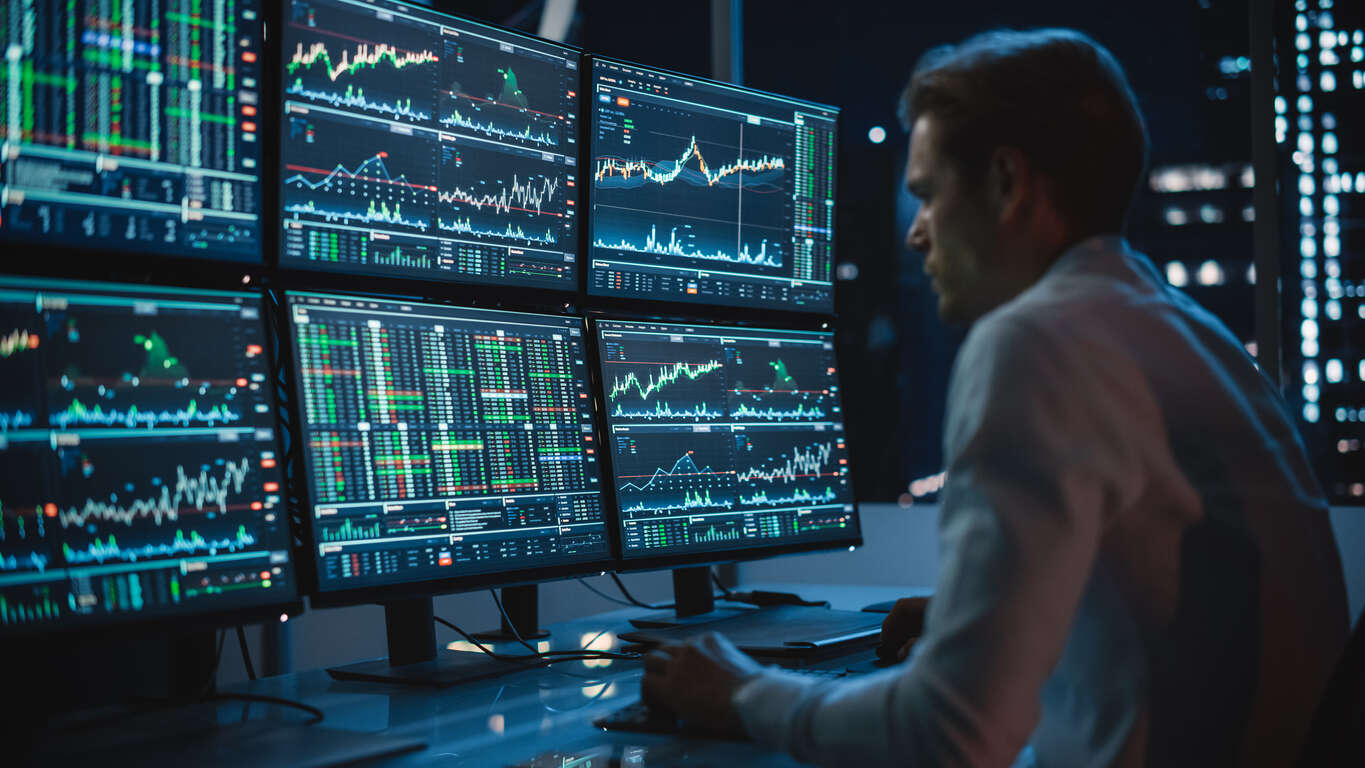CRISI BANCARIE E TRUFFE CRYPTO

Uno, due, tre e quattro le banche sostanzialmente in default, passiamo alle crypto! Ma anche nel mondo digitale si passa dalla truffa di Luna a quella di FTX per arrivare alla crisi di The Rock Trading.
Diventa, così, sempre più attuale il tema dell'economia decentralizzata.
FTX: il Lehman Brothers delle cripto
La cronaca del disastro di FTX ebbe inizio domenica 6 novembre 2022 quando in un tweet il co-fondatore e amministratore delegato dell’exchange Binance, Changpeng Zhao, fece scaturire alcuni seri dubbi riguardo alla resilienza finanziaria di Alameda Research, la società di trading affiliata a FTX e al suo numero uno, Sam Bankman-Fried.
Alameda Research, infatti, faceva operazioni mediante il denaro depositato dai clienti presso FTX (ovviamente all’insaputa degli stessi).
Il panico generatosi tra gli investitori fu tale che vennero ritirati l’equivalente di $430 milioni in Bitcoin in soli quattro giorni. FTX possedeva circa 20mila Bitcoin il 6 novembre. Il 9 novembre, quel numero fu quasi azzerato sulla scia di forti dubbi riguardo alla salute finanziaria della piattaforma.
Venerdì 11 Novembre 2022, FTX Trading presentò istanza di fallimento mettendo a segno una sorprendente caduta per il secondo più grande exchange di criptovalute al mondo.
La storia di The Rock Trading
Questa volta l’evento è tutto italiano. A fermare l’operatività è The Rock Trading (TRT), la più longeva borsa di scambio Euro/Bitcoin.
Nel 2007, nacque “The Rock Insurance Co", una compagnia assicurativa virtuale in “Second Life”, una sorta di mondo virtuale online, il primo nel suo genere. Nel 2010, decise di cambiare il proprio core business, diventando “The Rock Trading” (TRD) con una divisione dedicata alla gestione dei fondi e una borsa specializzata nel trading di valute e azioni.
Nel Giugno 2011, decisero di entrare nel trading di criptovalute, dove il primo Bitcoin fu stato scambiato, rendendolo il primo e più antico scambio europeo di criptovalute .
La funzione principale della piattaforma era consentire l'acquisto e la vendita di cripto-attività ma consentiva anche ai propri clienti di "depositare" anche la liquidità non investita in cripto-attività.
Il 17 febbraio 2023 TRD comunicò di aver interrotto le operazioni per "difficoltà riscontrate nella gestione della liquidità". Da allora i portafogli sono bloccati ed è impossibile per gli investitori rientrare in possesso dei propri soldi.
Quali siano le vicende e le cause, aziendali o di governance, che hanno condotto questa tempesta allo stato non è possibile comprenderlo essendo evidente che questi crak non hanno niente a che fare con la volatilità degli asset crittografici, né con la natura decentralizzata delle attività scambiate.
E la tutela ai risparmiatori?
The Rock Trading, era regolarmente iscritta nel registro appositamente istituito presso l’OAM e questo ci dimostra nei fatti che l’ammissione al registro non garantisce assolutamente niente.
L’attesa del regolamento MiCAr
Continuiamo a rimanere in attesa del regolamento europeo MiCAr anche se purtroppo, è probabile che risulti obsoleto e carente fin dalla sua creazione.
È ancora da capire se questo progetto sarà sufficiente per sfuggire a drammi come FTX o The Rock Trading : del resto, nonostante l'implementazione di un vasto sistema di normative, controlli e supervisione, si sono verificati numerosi casi di crack anche in banche tradizionali, non solo nel banking Italiano, ma anche in quello svizzero.
Silicon Valley Bank e Credit Suisse sono i due esempi più recenti ed evidenti di come il sistema bancario e finanziario debba cambiare rotta.
Il fallimento di The Rock Trading porterà gli utenti verso gli exchange decentralizzati?
In considerazione del costante ampliamento e progresso del mondo delle criptovalute, nonostante tutto, sta emergendo una crescente tendenza degli investitori ad avvalersi di piattaforme di scambio decentralizzate per la compravendita di asset digitali.
La popolarità di DEX è aumentata notevolmente, ad agosto il volume degli scambi sui DEX ha superato gli 11 miliardi di dollari , indicando una crescita del 152% su base mensile. La crescita è stata guidata principalmente dall'aumento dell'attività su Uniswap, che il 30 agosto, ha persino superato Coinbase in termini di volume giornaliero.
- Con le borse tradizionali basate sugli ordini, il prezzo di mercato di un asset è determinato dagli ultimi ordini di acquisto e di vendita abbinati, ossia dalla domanda e dall'offerta dell'attività.
- La DeFi sfida questo sistema finanziario centralizzato dando potere alle persone con scambi digitali peer-to-peer.
SCOPRI COS'È LA DEFI NELLA PROSSIMA LEZIONE !
TRA LE PIÙ PROMETTENTI APPLICAZIONI DEFI
Un DEX basato su AMM presenta caratteristiche interessanti come la decentralizzazione, l'automazione e la liquidità continua.

All'interno di un sistema DEX, un acquirente è connesso con un venditore attraverso un pool di liquidità tramite smart contract controllati da un Market Maker automatizzato (AMM).
Infatti, in un DEX basato su AMM, un pool di liquidità agisce come un'unica controparte per ogni transazione, con la cosiddetta funzione di conservazione che prezza gli asset in modo algoritmico.
Come conseguenza le caratteristiche più importanti degli AMM sono i loro pool di liquidità, ed il loro approccio puramente matematico alla determinazione dei prezzi.
Il metodo peer-to-pool
Le AMM implementano un metodo peer-to-pool, in cui i fornitori di liquidità (LP) contribuiscono con asset a pool di liquidità, mentre i singoli utenti scambiano asset con uno o più pool contenenti gli stessi asset in ingresso e in uscita e ottengono liquidità immediata senza dover trovare una controparte di scambio.
Un aspetto affascinante riguardo all'utilizzo di DEX è che non viene richiesta alcuna informazione sul profilo o sulla storia dell'utente per iniziare a fare trading. Gli utenti possono accedere al servizio utilizzando il proprio portafoglio preferito e iniziare a fare operazioni di scambio fintanto che vi è un adeguato livello di liquidità disponibile.
Seguici, perché nelle prossime lezioni presenteremo i principali attori e asset dei DEX basati su AMM e analizzeremo nel dettaglio l’economia che si cela dietro un AMM ! #staytuned


